Books
Set of Three Archaeology Books
- Item Number
- 199
- Estimated Value
- 214 USD
- Sold
- 35 USD to tpb3f1d39
The winning bid will go to FrontStream Global Fund (tax ID 26-3265577), a 501c3 nonprofit organization, which will send the donation to TUCSON PRESIDIO TRUST FOR HISTORIC PRESERVATION (tax ID 860687426) on behalf of the winner.
- Number of Bids
- 1 - Bid History
Item Description
This set of three archaeology books includes:
Sourcing Archaeological Lithic Assemblages, edited by Charles Speer, Ryan M. Parish, and Gustavor Barrientos:
For most of our existence, humans have manipulated stone into tools that are essential for survival. Generally resistant to degradation, stone tools comprise a large portion of the material culture found at archaeological sites worldwide. Recovery of stone tools during archaeological excavation indicates the location where they were discarded, often tied to where they were used. “Sourcing” refers to attempts to determine the origin of the raw materials used to produce these tools. Knowing the beginning and end points of a tool’s use-life, as well as the likely paths it took between those two locations, can offer insight into trade and procurement patterns. The scholars gathered in this volume employ a variety of unique approaches to real-life contexts in multiple geographic regions. These studies illustrate the numerous, robust options available to archaeologists and researchers today, as well as the problems that must be faced and resolved.
Part 1 of the book explores technological approaches to sourcing in conjunction with innovative survey strategies. The chapters describe a particular method while often offering suggestions for improving the chemical analysis. Part 2 focuses on region-specific and methodological sourcing applications. In a concluding review, Michael D. Glascock critiques each of the chapters and presents his views, developed across 40 years of work in the field, on sourcing raw materials. Broadly, these contributions demonstrate how knowledge of lithic sources, geologic processes, the nature of variation, and regional availability can provide a more thorough understanding of past peoples.
Earth Ovens and Desert Lifeways: 10,000 Years of Indigenous Cooking the Arid Landscapes of North America, edited by Charles W. Koenig and Myles R. Miller:
For over 10,000 years, earth ovens (semi-subterranean, layered arrangements of heated rocks, packing material, and food stuffs capped by earth) have played important economic and social roles for Indigenous peoples living across the arid landscapes of western North America. From hunter-gatherers to formative horticulturalists, sedentary farmers, and contemporary Indigenous groups, earth ovens have been used to convert inedible plants into digestible food, fiber, and beverages.
The remains of earth ovens range from tight, circular clusters of burned rocks, generally labeled “hearths” by archaeologists, to the massive accumulations of fire-cracked rock referred to as earth oven facilities, roasting pits, or burned rock middens. Remnants of these oven forms are common across the arid and semi-arid landscapes that stretch from Texas to California and south into Mexico. Despite the ubiquity of earth ovens from late Paleoindian times until today, and their broad spatial and cultural distribution, these features remain an under-studied aspect of Indigenous lifeways.
This edited volume explores the longevity and diversity of earth oven baking and examines the subsistence strategies, technological paradigms, and social contexts within which earth ovens functioned. It is the first study to cover such a broad geographic area, reflecting an array of promising research that highlights ongoing efforts to understand the archaeological record of earth ovens.
Fluted Points of the Far West by Michael F. Rondeau:
Fluted Points of the Far West provides the first large-scale overview of fluted points in the far western United States, including details of their attributes, trends in production, and range of variability. It serves as a compendium of groundbreaking research by the California Fluted Lanceolate Uniform Testing and Evaluation Database (CalFLUTED) project. Details regarding size, morphology, material, basal flaking technology, breakage patterns, repair patterns, manufacturing (as revealed by unfinished fluted bifaces), margin grinding, and flute scratching are provided through this research, both in terms of general trends and noteworthy exceptions.
Designed as a ready reference, these data are also summarized for each of the four sample states covered: California, Nevada, Oregon, and Utah. Summaries introduce the history and circumstances of fluted point studies by state, a list of references for each state used in the CalFLUTED study reports, a comprehensive listing of the relevant CalFLUTED study reports, and a breakdown by state of fluted point attribute details as listed above.
Reviews and discussions cover a range of topics, including classification of fluted points, identifying flute scars, and indicative traits that a fluted point is not from the prehistoric Far West. Additional discussions cover hafting alternatives, fluted point dating, far western fluted point typology, and the likely direction of further research on a range of fluted point topics.
Donated By:
Arizona Historical Society- David Turpie
TUCSON PRESIDIO TRUST FOR HISTORIC PRESERVATION stores data...
Your support matters, so TUCSON PRESIDIO TRUST FOR HISTORIC PRESERVATION would like to use your information to keep in touch about things that may matter to you. If you choose to hear from TUCSON PRESIDIO TRUST FOR HISTORIC PRESERVATION, we may contact you in the future about our ongoing efforts.
Your privacy is important to us, so TUCSON PRESIDIO TRUST FOR HISTORIC PRESERVATION will keep your personal data secure and TUCSON PRESIDIO TRUST FOR HISTORIC PRESERVATION will not use it for marketing communications which you have not agreed to receive. At any time, you may withdraw consent by emailing Privacy@frontstream.com or by contacting our Privacy Officer. Please see our Privacy Policy found here PrivacyPolicy.


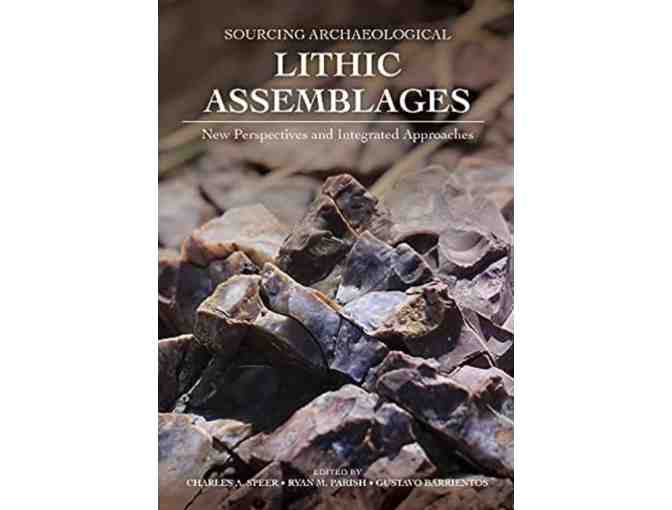
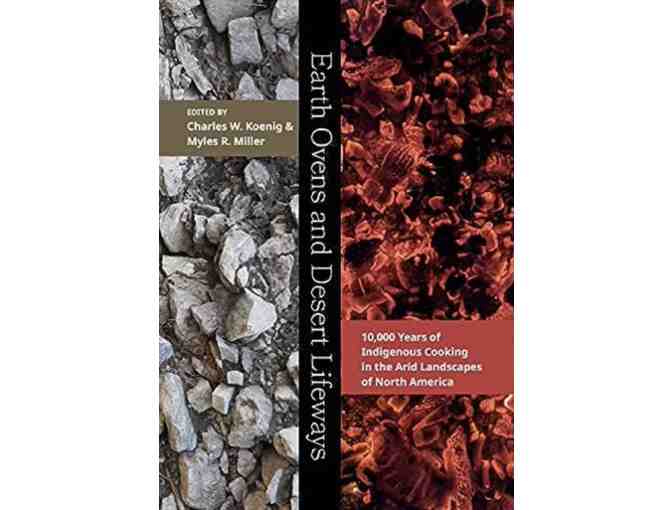
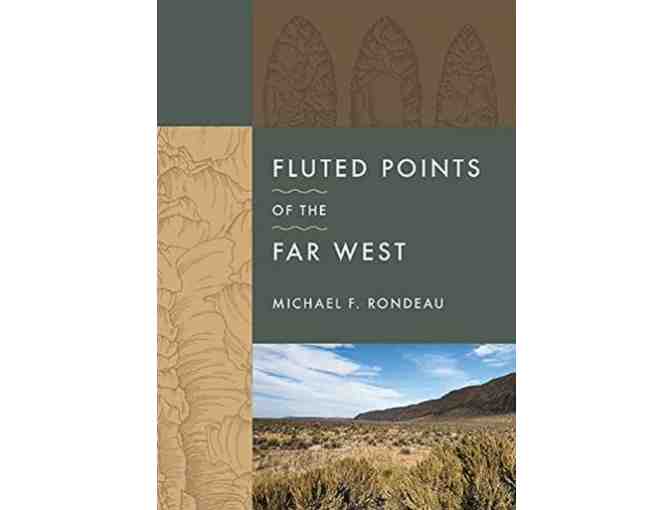
 HSL Properties
HSL Properties
 Cox Communications: Media Sponsor
Cox Communications: Media Sponsor
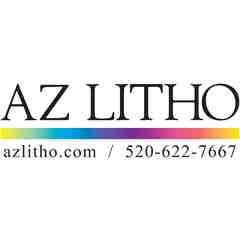 Arizona Lithographer
Arizona Lithographer
 Desert Diamond Casino
Desert Diamond Casino
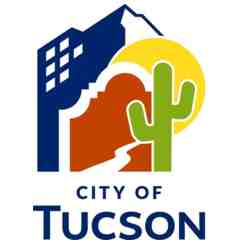 City of Tucson
City of Tucson
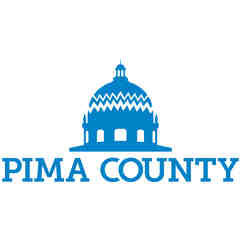 Pima County
Pima County
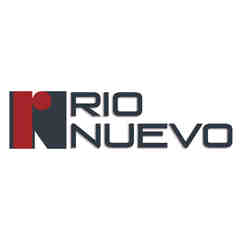 Rio Nuevo Multipurpose District
Rio Nuevo Multipurpose District
 Tucson Lifestyle
Tucson Lifestyle
 Arizona Daily Star: Media Sponsor
Arizona Daily Star: Media Sponsor
 Long Realty: Tim Hagyard Realtor
Long Realty: Tim Hagyard Realtor
 Long Realty Cares Foundation
Long Realty Cares Foundation
 Bookmans
Bookmans
 JW Marriott Starr Pass Resort
JW Marriott Starr Pass Resort
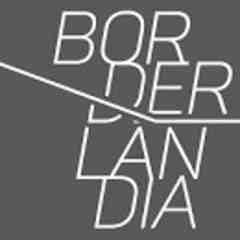 Borderlandia
Borderlandia
 Hilton El Conquistador Hotel
Hilton El Conquistador Hotel
 John F. Bird Accounting
John F. Bird Accounting
 Sonoran Landscape Materials
Sonoran Landscape Materials
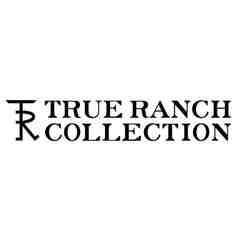 True Ranch Services
True Ranch Services